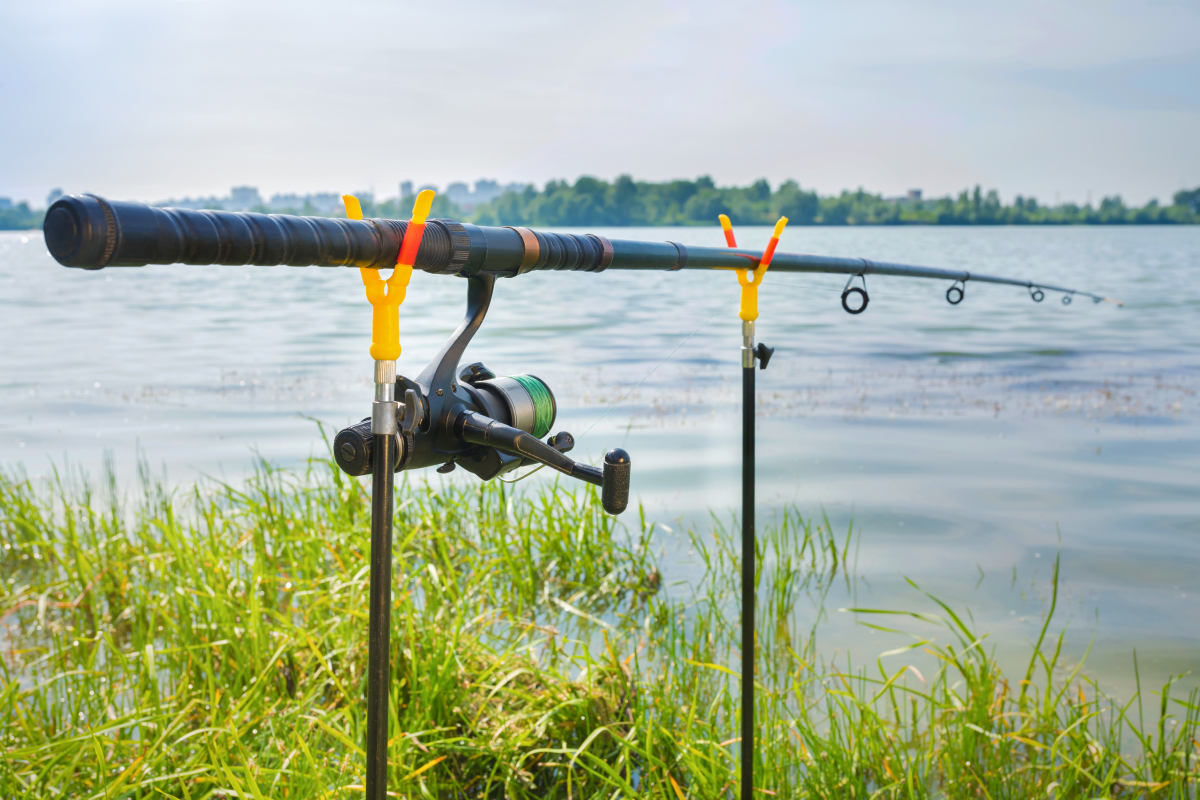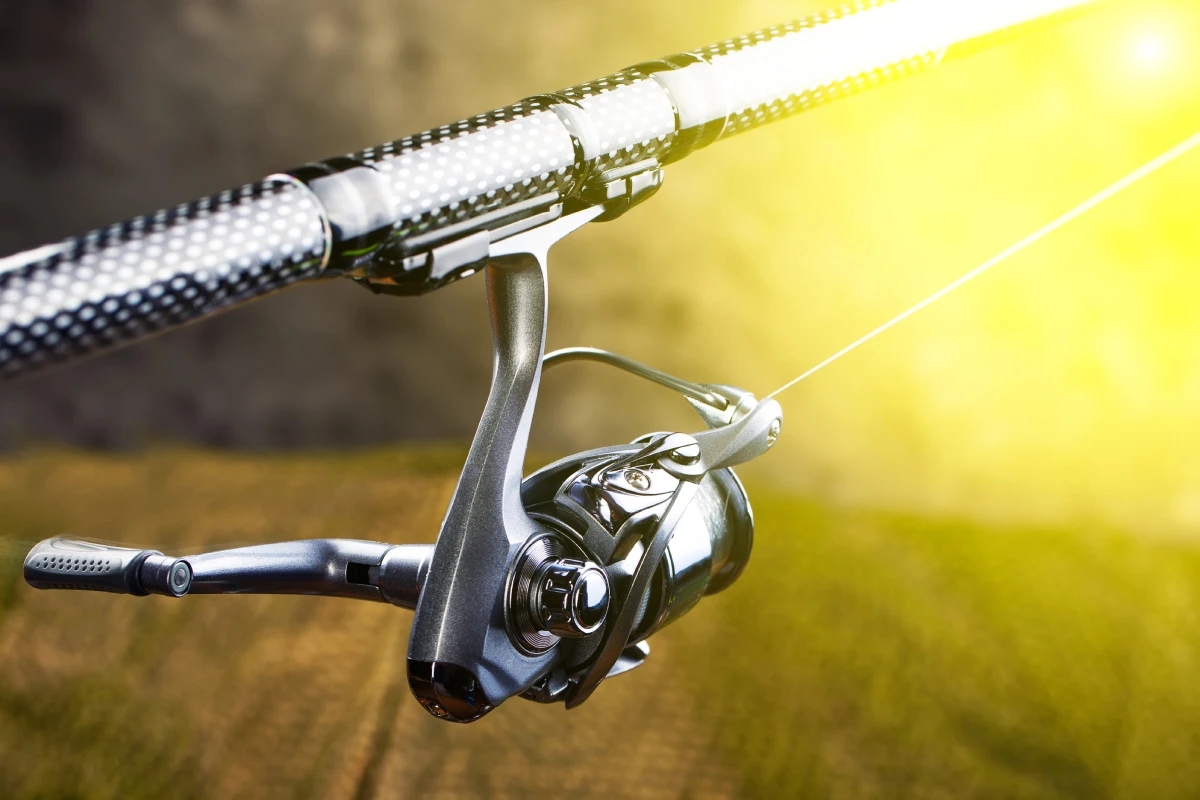Most of us can agree that being a beginner at anything is hard and learning to fish is no different. Before you make your first cast, there are some things to learn. Such as fish species habits, local regulations, and which gear is best. But for newbies, it’s overwhelming trying to figure out where to start for picking out gear. Today I will help you with your research for a first fishing rod.
Pick A Species Of Fish
Before thinking about picking your first fishing rod, you have some homework to do. An easy way to start is to figure out what fish species you are targeting. Some first-time anglers focus on a single type of fish, while others want to target as many types of fish as possible. I prefer to focus on a specific fish, this will aid in learning to catch that fish and select your gear. This is a simple way to narrow down your search for the right fishing rod.
Choose Your Location
Next, choose where you intend to fish, either freshwater or saltwater. While some fishing gear is interchangeable for either type of environment, some aren’t. I recommend finding materials that aren’t prone to rusting. As long as you aren’t in the habit of using specific freshwater gear in the ocean, you’ll be alright. Okay, after specifying a species and location it’s time to figure out which fishing rod and reel will help to get the job done.
Parts Of A Fishing Rod:
For those of you who are absolute newbies, let’s start with learning about each part of a fishing rod. Below is a diagram of the parts of a fishing rod, plus definitions of each part.
Butt Cap:
This is the rubber or cork cap at the bottom of the handle. The butt cap is the end you might press into your abdomen as you fight a strong fish.
Handle:
Some anglers call this a grip, it’s where you hold the rod. Handles are either cork, foam or a combination of both. Cork is a traditional firm grip; while foam resists temperature changes and water wear. What material you choose is a personal comfort choice.
Handles/grips come in two shapes, either pistol or trigger stick. A pistol grip is the shortest type of grip. This grip contours to the shape of your hand, with a hook for your index finger. The hook aids in making accurate casts. A trigger stick grip is a longer grip that helps for smooth two-handed, long-distance casts.
Reel Seat:
This is where a reel attaches to the rod. Reel attachments to the reel seat can differ. One way is, that the rod will have rings that go over the reel foot to secure. Or some have a mechanism that screws either up or down on the foot of the reel to keep it in place.
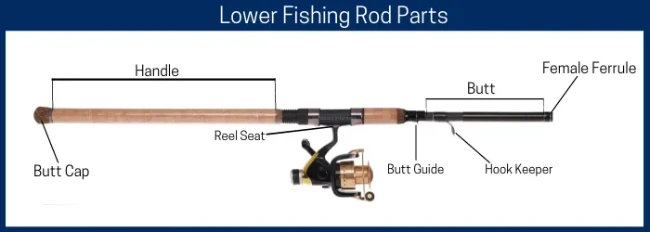
Hook Keeper or Keeper Ring:
This ring should be self-explanatory, and it is a big safety feature. Its purpose is to give you a place to hook your unused hook. Using it helps to keep the hook from swinging around and poking into your skin.
Butt:
This is the thicker end of your rod blank closest to the handle.
Butt Guide:
The first guide (more about guides below) is closest to the handle end of your rod, at the thickest part of the rod (butt).
Female Ferrule:
A rod has this if you have a fishing rod that breaks down into 2 pieces or more. A ferrule is a joint where two sections of the rod fit together. The female ferrule is a part of the lower section of the rod and fits onto the male ferrule.
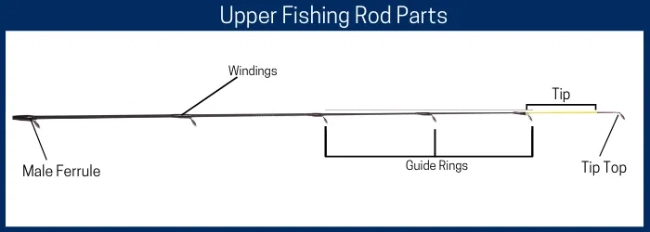
Male Ferrule:
This is the bottom part of the upper section of the rod. Male ferrules have a slightly flared shape to allow the female ferrule to slide onto it. Its function is to create a solid connection between two sections of a fishing rod.
Guide Rings:
These are the little rings on your rod that “guide” the line the length of the rod from the butt to the tip. The exact amount of rings, the spacing, and the size of the guides differ depending on each kind of rod. In general, the more guides the better. It’s ideal to look for high-quality rods with at least one guide for every foot of its length. (A 7-foot rod should have at least 7 guide rings).
Windings:
Are the string-like fasteners that attach the guides to the rod? The windings have a protective painted-on enamel that helps reduce corrosion.
Tip:
This is the flexible uppermost area of the rod. The tip is the thinnest part of the rod and is nearest to the tiptop.
Tip Top:
This is the final guide at the absolute tip of your fishing rod. This is the tiniest guide that helps you sustain an accurate casting. Due to its minuscule size, this guide is most likely to snag and break off, for example in vehicle doors. Be careful transporting your fishing rod to protect this guide.
I get it, definitions are boring but learning this stuff is super helpful to start buying fishing gear. Another reason it’s great is it makes it easier to get your questions answered if you seek out help in shops.
Now that you have a basic understanding of the parts of a fishing rod, it’s time to delve into the types of fishing rods.
Types Of Fishing Rods?
At first glance, it seems obvious that each type of fishing rod should be similar since you use each for the same purpose. But this is wrong because each type uses different methods based on the type of fish the angler is targeting. To lessen your confusion, below is a brief explanation of each.
Casting Rods
A fisherman will choose a casting rod for situations that require pinpoint placement of a bait or lure. This type of rod has “guide rings” on the top of the rod. This means the reels for a casting rod sit on top of the rod too. Keep in mind, that a casting rod is further split into two categories, either spin casting or bait casting.
Two Categories of Casting Rods
Spin casting rod
This type is the true beginner or kids’ first fishing rod. This rod has smaller guide rings and a forefinger trigger grip on the handle. The rod design combines a spin casting reel with a covered spool. Most spin-cast rods have a tiny guide ring close to the reel. For new anglers, it’s simple to use but sacrifices a lot of distance and accuracy. For this reason, it’s a great option for kids to learn with.
Baitcasting rod
Like the previous in that it attaches to the top of the reel, but is for advanced anglers. On a baitcasting rod, the guide ring close to the reel is bigger than a spin cast rod. This type of rod uses a specific baitcasting reel, which is open-spooled. Another feature of this rod is it has a strong backbone or “butt”. A strong butt won’t bend much and allows a lure to rip through vegetation or hook into tough fish. Beginners have trouble learning with this rod due to the complex method of the reel. It’s better to learn with the next type, a spinning rod.
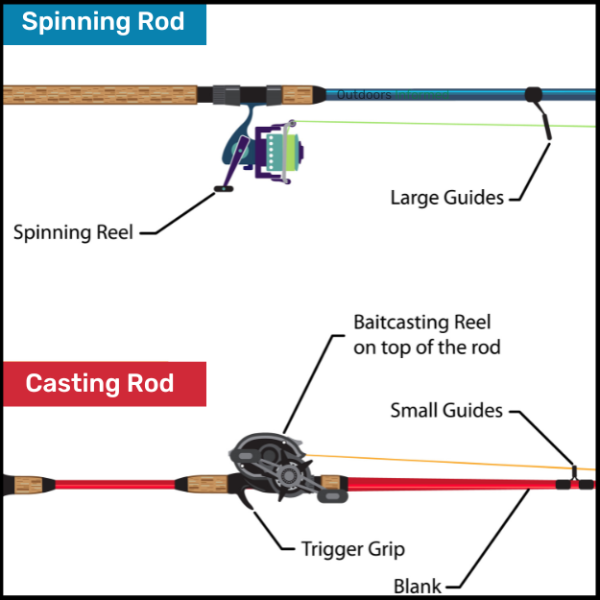
Looking at this diagram it’s easy to see the differences between a spinning rod and a casting rod.
Spinning Rods
The shape of a spinning rod is like a casting rod but differs due to it being thinner and lighter. This type ranges from 5 to 9 feet (2.74 meters) in length. The reel that spinning rods use attaches and hangs off the bottom of the rod. A spinning rod has a larger guide ring closest to the reel to reduce friction on the line as you cast. Since the reel is below the rod, most beginners find it comfortable and easy to learn with.
Fly Rods
This is a special method of fishing and this rod is for advanced anglers. A fly rod can come in a range of sizes and shapes. The shape of the rod is thin, flexible and lightweight. Which allows you to complete a specific method to mimic a fly moving near the surface of the water. This method uses your wrist action to snap the rod forward and back. The most distinctive feature of a fly rod is the lack of a butt section of the rod. Without a stiff butt section, the rod is whippy for short to help you make accurate casts.
Ocean Fishing Rods
Designed to fish in the ocean, these are either short if used on boats, or long if used from the shore. An ocean rod is heavy-duty with a thick and long butt section. This long butt section is for fighting large strong fish. Ocean rods will have distinctive and large guide rings to handle thick fishing lines. The heaviest ocean fishing rods can target a shark!
Surf Rods
If you plan to fish from a beach, this is the rod for you. It’s a sub-category of an ocean rod. This type of rod is super long with a long butt and handle. The rod length is long to allow a heavy sinker and bait to be cast a long way offshore. Plus its long handle helps with a two-handed casting technique. This rod will resemble a heavier, longer version of a spinning rod. You will want to use this rod if fishing from a beach.
Trolling Rods
This is a type of rod used to drag fishing lures behind a moving boat. With this method, you are attempting to entice fish to strike moving “food”. If you are fishing on a boat and targeting massive tuna this is a good choice rod. The best trolling rod is long, heavy and with a fast action.
Ice Fishing Rods
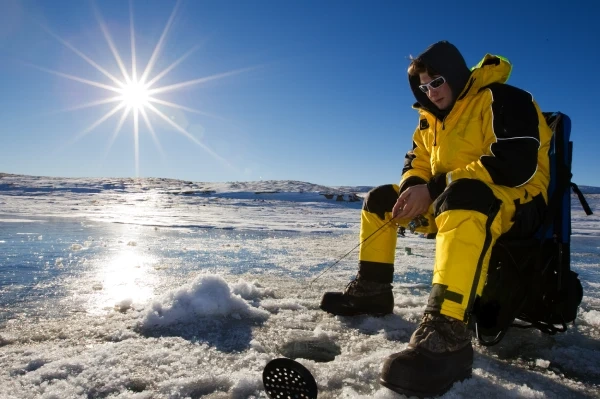
An ice rod looks like a spinning rod except it is much shorter since there isn’t much space available. Another glaring difference is traditional ice rods don’t use a reel. Instead, it has a hook attached to the rod and one you cast out under the ice. To reel in the line you would wind in the line by hand. An ice rod spans from 24 to 36 inches (91 cm) long and has fewer guide rings than spinning rods.
Telescopic Rods
A telescopic rod is an invention by fishing brands to create a compact fishing rod. The rod will extend out from the handle for use and fold up into itself during storage or transport. The closed-up length is around one to two feet long.
Whereas in use, it can be up to 20 feet (6.1 m) in length. Typical compact rods are simple spinning rods, with fewer guide rings and a flexible tip. Although some don’t come with guide rings, these will have a line through the center of the rod. This is a specialized rod popular with surf fishermen since it is long and easy to transport and store.
Pen Rods
This is the most compact fishing rod that’s similar to a telescopic in function. If you see one closed up, it resembles a large pen. A pen rod can fit in a pocket or backpack in the closed position. They extend only a few feet and are super lightweight. The performance of this type of rod will depend on the quality of the line and reel you use. This isn’t an everyday rod, but is fun to have if a fishing opportunity arises.
What Is Fishing Rod Action?
“Rod action” refers to the flexibility of the rod, which is where the rod bends along the blank. The action describes where and the degree a rod bends when it’s “loaded” (bends). It is important to understand that rod action also relates to taper or the thickness of the rod. The thickness will limit the curved shape a rod will make as it bends.
Keep this in mind, the more a rod flexes throughout its length, the slower (lighter) the action is.
The three main actions to look for:
1) Fast (Heavy) Action
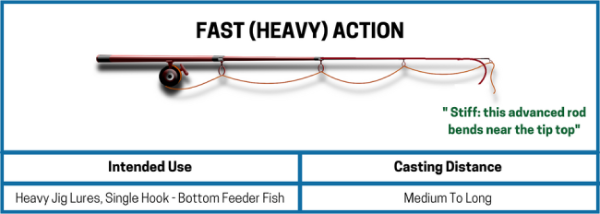
In general, this rod action is stiff with most of the bend occurring at the uppermost part of the rod. This action is sensitive to the tiniest nibbles and is easier to dislodge a hook if it were to snag. Good for heavier lures, bottom fishing and strong fish.
2) Moderate (Medium) Action
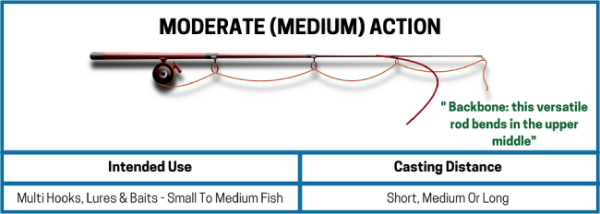
This rod action bends a little deeper, near the middle part of the fishing rod. It is the most versatile rod action for beginners. This action feels like it has a backbone, and it also has more strength to pull in a big fish. Also, it isn’t too heavy for starter anglers to wield.
3) Slow (Light) Action
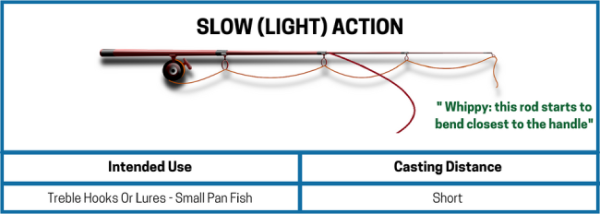
This rod is the most flexible as it bends near the butt-end of the rod. This action feels light, and whippy so it’s good for ultra-light bait.
In general, the action you decide to choose will depend on a few factors. First, what you are trying to catch, second your casting technique and third the type of lures you use.
One last thing about action before we move on to the next section. Good anglers know “Action” balances the rod’s “Power” to provide good casting and reeling back in. Okay, let’s move on.
Fishing Rod Power Explained
The power and action of a fishing rod may confuse beginners. Rod power is a rating, similar to the action. However, unlike “action” (rod flex), power refers to the rod’s resistance to flexing. It’s the rod’s ability to withstand weight or pressure before it bends. Likewise, power ratings relate to the thickness of the rod blank.
Starting from thin rods in the ultra-light to light power category. Next getting thicker in the medium to medium-heavy category. Finishing at thick rod blanks in the heavy to extra heavy power category. Certain power ratings correlate with fishing line weight and lure weight, as shown in the diagram below.

Like action, the reason for having rod power ratings is because there are big and small fish species. As a result, what you target will determine what power rating you need in your fishing rod.
To find the power rating of a particular rod, you need to check the lure and line weight ratings, printed on the rod itself. To make your fishing efficient, match your lure and line weight to the species you are targeting. The smaller the fish you target, the lighter “power” rod you will want.
Which Fishing Rod Length: Short Versus Long
Rod length is the most obvious metric; it’s the distance of the fishing rod from the butt up to the tip-top. Differences in fishing rod length will affect your technique choices. These include the casting distance, accuracy, and hook set leverage (advanced fishing). Below are some further general rod length considerations:
Shorter Fishing Rods
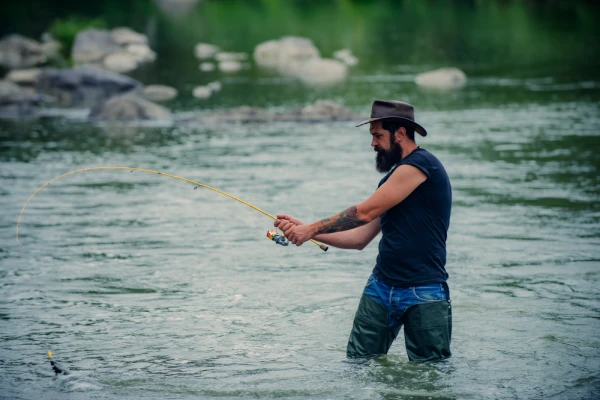
- More power. Imagine reeling in a strong fish and the feeling of fighting against you as it comes closer to you. The shorter the rod, the less leverage you give to the fish you are fighting.
- Higher casting accuracy.
- Easier to move around in tight cover, under docks, etc.
- Shorter and slower lure travel. Which means less stress on your wrist & arm movement.
- Easier for transport and storage. Imagine packing up your rod in the car, boat or inside your home.
- In general a single-piece rod blank. Great as dead spots at ferrule connections aren’t likely.
- Light and balanced in weight.
Longer Fishing Rod
- Greater casting distance.
- Excellent choice for shore or surf fishing where you want to cover as much distance as possible.
- More initial leverage, but may be problematic for reeling in a strong fish in close quarters.
- Greater rod stroke & greater line speed when casting. (Advanced fishing).
- More fishing line clearance. Imagine the area between the fishing rod tip-top and the bottom of a boat. This is important, as having clearance will reduce hull abrasion on the boat.
- Two-piece or more rod blank. Transport is convenient but some anglers complain of dead spots at ferrule connections.
- Casting takes more practice. Releasing your line at the right time is tougher when casting with a longer fishing rod.
- Weight becomes an issue over a long period of repeated casting. Placing stress on your wrists and arms.
As you can see, the rod length you choose depends on location, species, and personal preference. Next, you will need to decide what type of material rod you want for your first fishing rod.
What Are Fishing Rods Made Of?
Deciding on the material of your first fishing rod isn’t a major choice for a beginner due to costs. But like rod parts, it is worth mentioning to learn about angling.
The main construction of a fishing rod is around its frame. Each type of material has a big impact on overall performance. The material for fishing rods has three main roles. One, it plays a big role in strength, two for its sensitivity and three for its lifting power.
Many traditional first fishing rods come in materials like fiberglass, graphite or carbon fiber. These days, newer rods incorporate a mixture of these materials. For example, a rod might have a tough fiberglass core surrounded by a graphite outer layer. Whatever one you pick, every material has its advantages and disadvantages.
Fiberglass Material For Fishing Poles:
This used to be the most popular material for fishing rods. But these days it’s associated with budget-friendly fishing rods. Don’t get the wrong impression though, while economical it’s amazing for certain types of fishing. Such as trolling, vertical rigging or crank baiting which needs medium-heavy fishing rods.
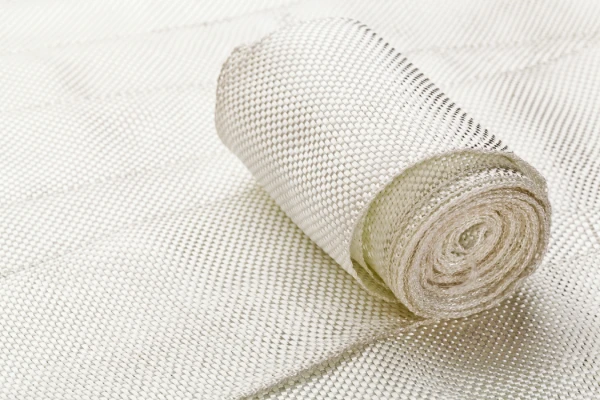
Fiberglass is great for these types because the rods are thicker, longer and less sensitive. Plus their rod action falls in the slow to medium class, meaning the rod bends throughout its length. Which is great for fishing with larger baits or for bottom-feeding fish.
Another pro for fiberglass is that it is tougher than other materials. Imagine if you dropped a graphite or carbon fiber fishing rod on some rocks. There is a good chance the rod would get damaged, but with fiberglass, the rod fares much better. This benefit is the exact reason some brands use fiberglass for their beginner fishing rods.
Graphite/ Carbon Fiber Material For Fishing Rods:
Graphite and carbon fibers are stronger, more sensitive, and more expensive than fiberglass. These materials use a composite with a blend of resin and epoxy to create a rod blank. Like most industries, fishing rod brands keep their composite recipes a secret. Brands claim each specific composite build will affect the behaviors of the fishing rod. Using extensive research and development the manufacturing costs of these materials are higher. Which results in you shelling out more money for this type of fishing rod.

Anglers choose these materials over fiberglass models for a couple of reasons. The first is their extreme sensitivity and extra whip when casting. These rods enhance the sensitivity to the point that you can feel the nibble of the tiniest minnows. The second reason is that they are ultra-lightweight. Weight makes a big difference as you fish for long hours.
The drawback of this rod material is that due to their sensitivity, these rods tend to overreact. Imagine feeling what you think is a fish nibbling but in reality is the lure passing over vegetation. Reeling in at the wrong time means you lose the opportunity to hook up nearby which is frustrating.
For novices, it’s best to start with a cheaper material to get used to casting and reeling. As you gain experience, you can work your way up to a more expensive option. Either way, like clothing choices, it’s a personal decision.
Multi-Material Composites For Fishing Rods:
The last material option that some fishing rod companies use is a mix of materials. Multi-material composite rods, provide more strengths and fewer weaknesses. However, if you choose to buy your first fishing rod with multi-materials, expect to pay a lot.
Reading Your First Fishing Rod:
Look near the handle, on the butt-end of the rod for the specifications. The specifications tell you length, action, line strength and sometimes lure size. As seen in the above infographic, it shows an 8-pound test line. The diagram below shows a sample rod that works with the infographic.

Expert Tips To Store Fishing Rods
The best way is to separate each rod in a vertical position but many people still make some mistakes doing this. Here are some tips to keep your fishing poles protected to ensure a long life expectancy:
- Keep your poles off the ground. If they contact the earth they are likely to rot, mold, or get damaged. For best results, hang in a rod locker in a vertical position at least a foot above the ground. This way the rods are away from falling objects that can damage the blank. As well as out of direct sunlight can fade the paint.
- It’s critical to make sure your fishing rod handles are dry. Many poles have handles made of cork or foam, that will mold and rot if exposed to too much moisture. Play it safe, and keep your poles out of damp, humid areas of your garage.
- Most rod materials are heat and cold-sensitive over long periods. For example, graphite can de-laminate over time in super cold temperatures. So it’s optimal to store most fishing poles in a temperature-controlled environment.
Concluding your first fishing rod
As you can read, choosing a fishing rod is a thorough subject that needs a lot of research and personal choice. It is our goal for this to be the ultimate beginner’s fishing rod guide for your needs. So good luck and have a great time out on the water!
